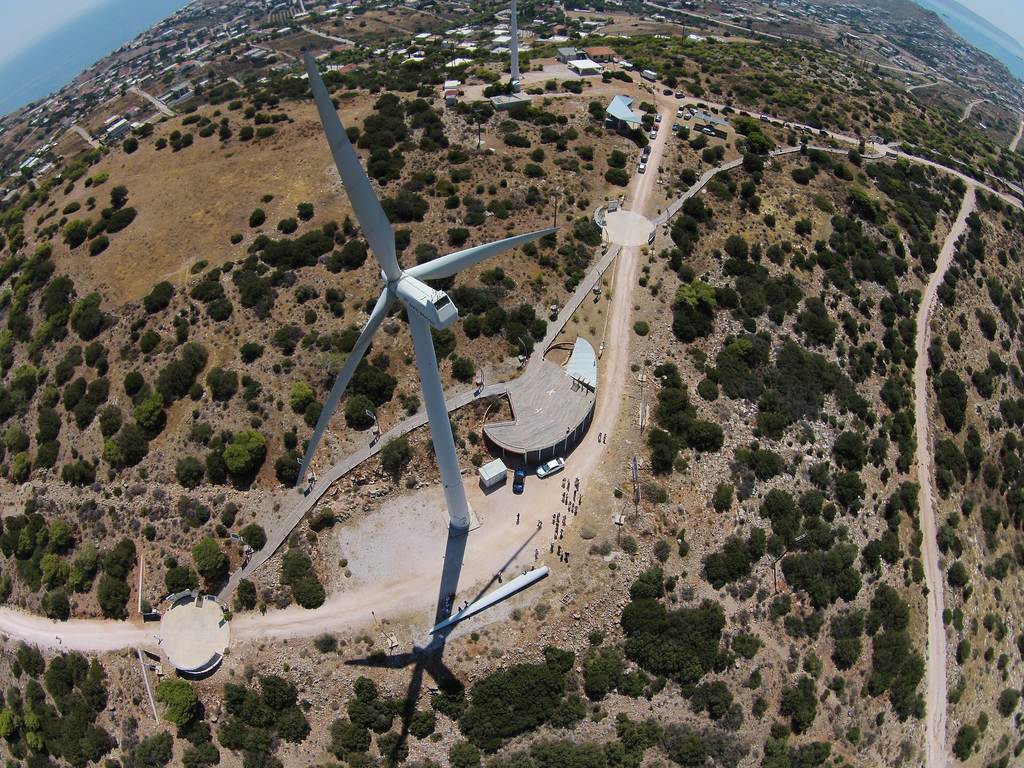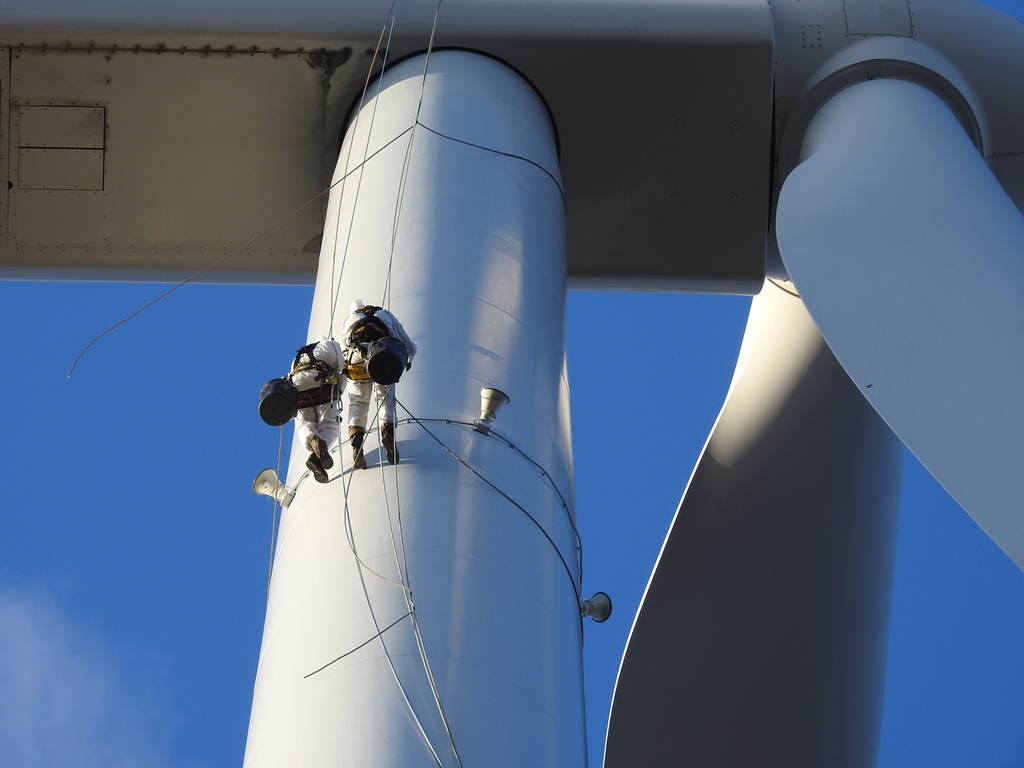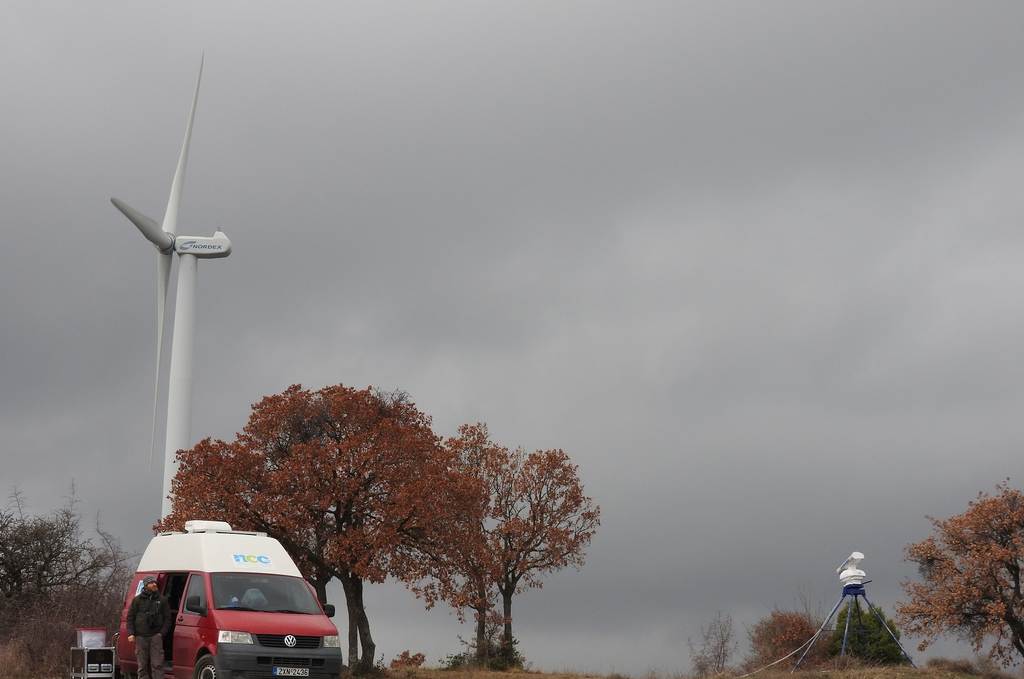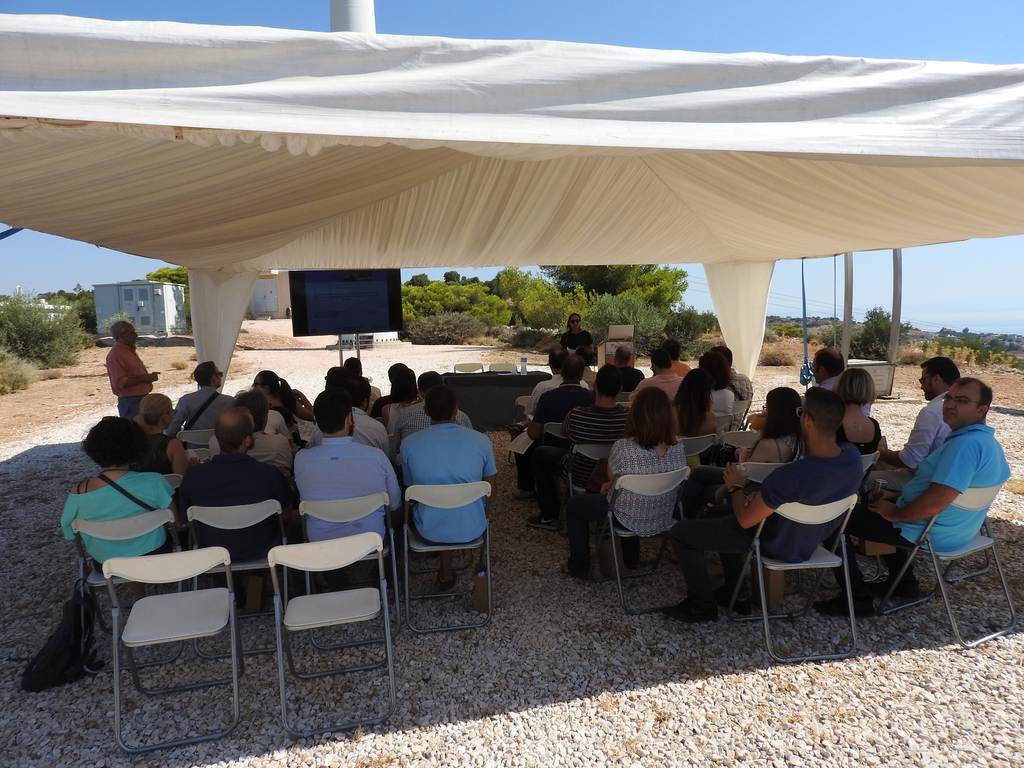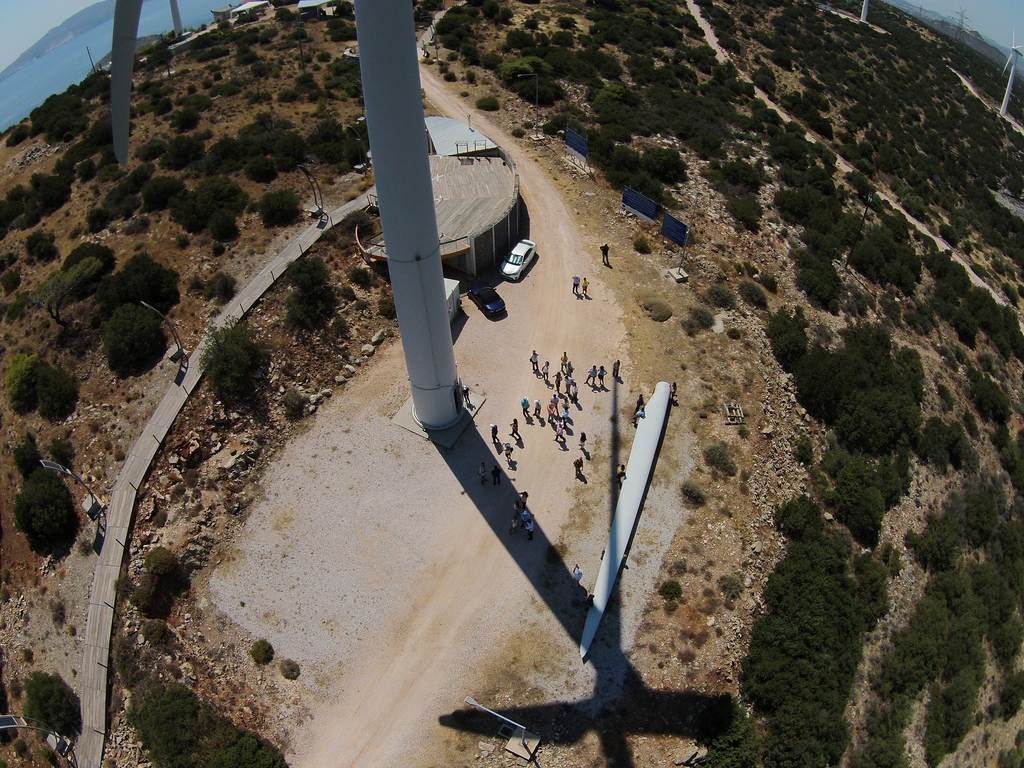January 2019 - LIFE Windfarms & Wildlife
Α) Identity of the project
| Title/ N° |
Demonstration of good practices to minimize impacts of wind farms on biodiversity in Greece LIFE12 BIO/GR/000554 |
| Duration |
01/10/2013-31/12/2018, 62 months |
| Budget |
€ 894,784 |
|
Beneficiaries |
Coordinating beneficiary: Centre for Renewable Energy Sources & Saving (CRES) |
| Location of activities |
CRES Demonstration Wind farm- Park of Energy Awareness (PENA) at Keratea Attikis and private wind farms in Greece |
| Website | |
| Contact |
Kyriakos Rossis, CRES +30 210 6603364, This email address is being protected from spambots. You need JavaScript enabled to view it. |
Description/Aim
The objectives of the project LIFE Windfarms & Wildlife are the:
- demonstration of modern methods and approaches to minimize the impacts of wind farms on biodiversity in Greece,
- improvement of the compatibility of wind farms development with the EU's biodiversity conservation objectives and
- development of guidelines that will enable stakeholders in Greece to better design, implement and evaluate methods to reduce the potential impacts of wind projects on biodiversity.
The project
- Carried out demonstrative modern technologies, at the Demonstration Wind farm - Park of Energy Awareness (PENA) of CRES at Keratea Attikis, as well as private wind farms. The main modern technologies used were the ornithological radar, video surveillance system, as well as bat detectors and thermal imaging equipment.
- Organized meetings with stakeholders, informing and training them on issues related to the application and utilization of the available modern technologies for the mitigation of the potential impacts of the wind farm operation on flying fauna.
- Developed useful tools for the support of decision making on the utilization of modern technologies.
Β) Best Practices
The project proposes good practices, for the mitigation of wind farm potential impacts on flying fauna through the use of modern technologies, implemented and evaluated by the project.
During the wind farm planning phase, good practices concern with the use of modern technologies for monitoring flying fauna and assessing potential impacts. Modern technologies can provide significantly more and better quality data in relation to the conventional methods.
During the wind farm operation phase, after the proper siting is ensured, the good practices concern with the use of modern technologies for early warning of bird and bat presence and for avoiding or mitigating collision with wind turbines, as well as barotraumas for bats.
C) Results
The results of the project are:
- Implementation and evaluation of the available systems to prevent and mitigate the impact of wind farms on biodiversity, under conditions prevailing in Greece and consequently the Eastern Mediterranean.
- Detailed presentation of the results, through the Good Practice Guide, as well as through a technical brochure presenting the available techniques.
- Development of a Decision Support Tool (DST) in a GIS environment, including extensive spatial information concerning the existing knowledge on the presence of sensitive to wind farm operation flying fauna species, as well as proposals on potentially suitable monitoring and mitigation techniques.
- Information and training of all stakeholders involved in planning, licensing and operation of wind farms, as well as other interested parties, namely public authorities, investors, consultants and environmental organizations.
The project results, and mainly the tools developed, can be utilized by
- Competent authorities and, more specific, services involved in wind farm projects licensing, as well as environmental terms application monitoring,
- Investors, project managers and other professionals involved in the design, implementation or approval of wind farm plans or projects
- Environmental organizations,
- Consultants, involved in project design, licensing and monitoring of wind farm projects.
After the end of the project the project beneficiaries will continue to
- Disseminate the information and the results of the project.
- Provide technical information to interested parties, concerning the technologies that were demonstrated in the framework of the project.
- Operate the ornithological radar, video surveillance, bat recording and thermal imaging systems in order to monitor, assess and mitigate the collision risk for the flying fauna at CRES Demonstration Wind farm - Park of Energy Awareness (PENA) and other selected wind farms, and their demonstration to interested parties.



